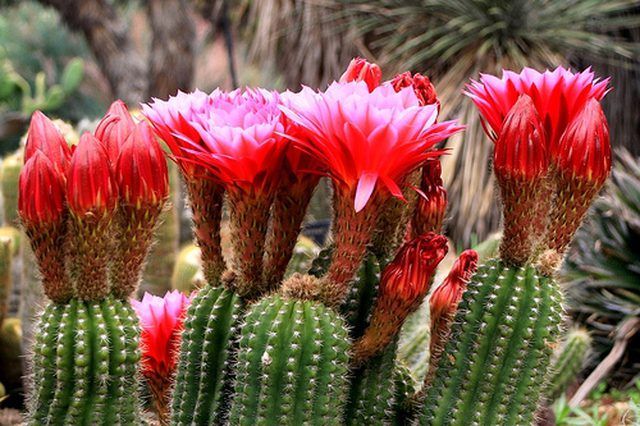Bulbs
Flower Basics
Flower Beds & Specialty Gardens
Flower Garden
Garden Furniture
Garden Gnomes
Garden Seeds
Garden Sheds
Garden Statues
Garden Tools & Supplies
Gardening Basics
Green & Organic
Groundcovers & Vines
Growing Annuals
Growing Basil
Growing Beans
Growing Berries
Growing Blueberries
Growing Cactus
Growing Corn
Growing Cotton
Growing Edibles
Growing Flowers
Growing Garlic
Growing Grapes
Growing Grass
Growing Herbs
Growing Jasmine
Growing Mint
Growing Mushrooms
Orchids
Growing Peanuts
Growing Perennials
Growing Plants
Growing Rosemary
Growing Roses
Growing Strawberries
Growing Sunflowers
Growing Thyme
Growing Tomatoes
Growing Tulips
Growing Vegetables
Herb Basics
Herb Garden
Indoor Growing
Landscaping Basics
Landscaping Patios
Landscaping Plants
Landscaping Shrubs
Landscaping Trees
Landscaping Walks & Pathways
Lawn Basics
Lawn Maintenance
Lawn Mowers
Lawn Ornaments
Lawn Planting
Lawn Tools
Outdoor Growing
Overall Landscape Planning
Pests, Weeds & Problems
Plant Basics
Rock Garden
Rose Garden
Shrubs
Soil
Specialty Gardens
Trees
Vegetable Garden
Yard Maintenance
Life Cycle of a Cactus
Life Cycle of a Cactus. Cacti are angiosperms. Although cacti grow slowly, their life cycles are the same as for any other flowering plant. Cacti reproduce sexually through flower and seed production, or asexually by the fragmentation and rooting of stems.

Cacti are angiosperms. Although cacti grow slowly, their life cycles are the same as for any other flowering plant. Cacti reproduce sexually through flower and seed production, or asexually by the fragmentation and rooting of stems.
Germination
Cactus seeds are often distributed by birds, which are attracted to the fruit. Germination occurs in the presence of sufficient water and warm temperatures.
Vegetative Growth
After seed germination it can take several months for the basic barrel shape of the cactus seedling to become visible. It takes five to 10 years for small species to reach flowering size.
Flowering
If there has been sufficient rainfall, flowering occurs in most species during the spring, once temperatures are warm enough.
Pollination
Most cacti are self-sterile, requiring pollen from a different individual plant. Depending on the cactus species, bees, wasps, beetles, butterflies, moths, birds and bats can pollinate cactus flowers.
Fruit Formation
Cactus fruits are seed-filled berries. They form at the base of the flowers and are often brightly colored and sweet to attract birds.
Forced Flowering
In cultivation, cactus plants can sometimes be induced to flower by keeping them in a dark place for up to six weeks and then providing light and water.